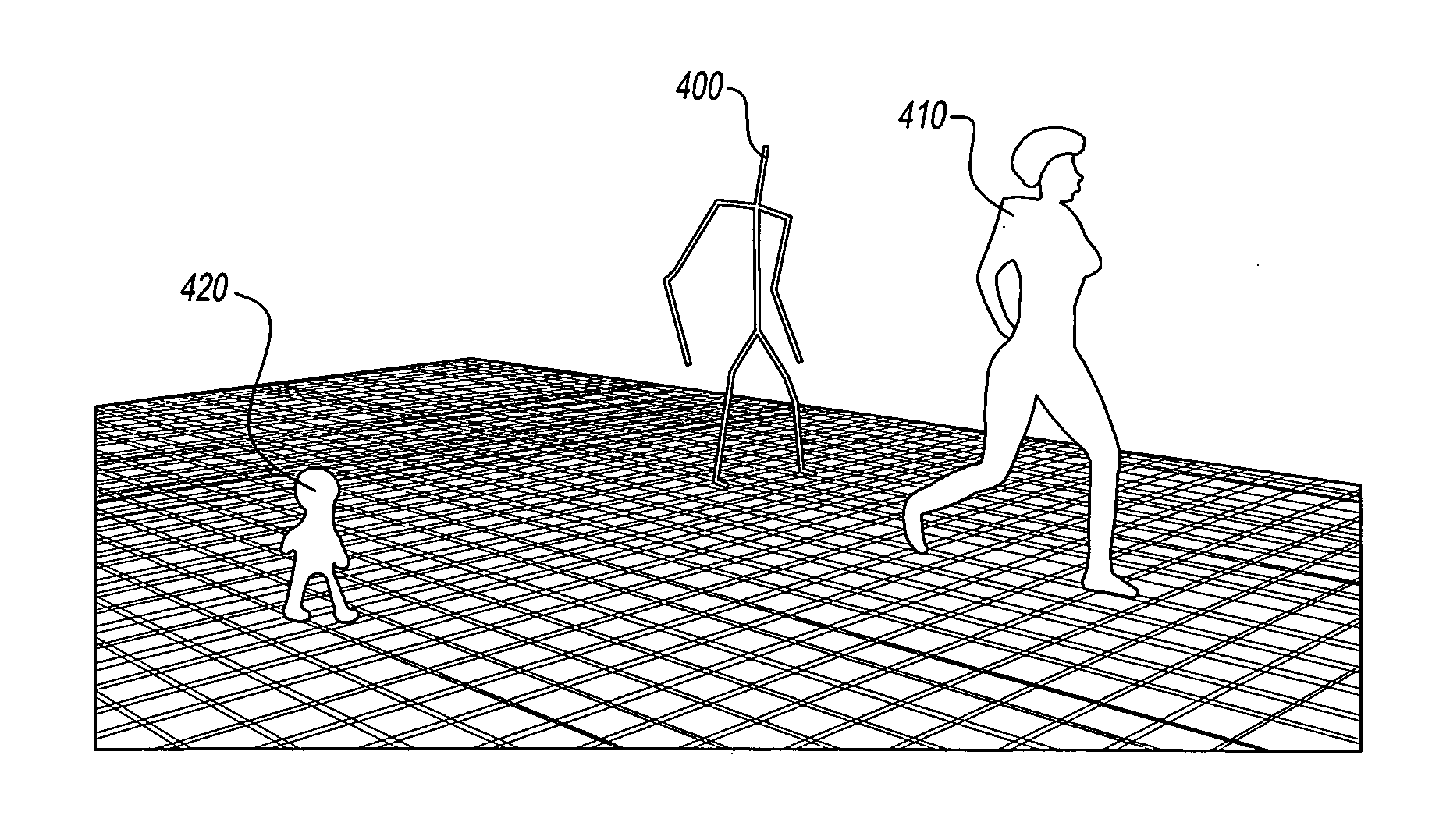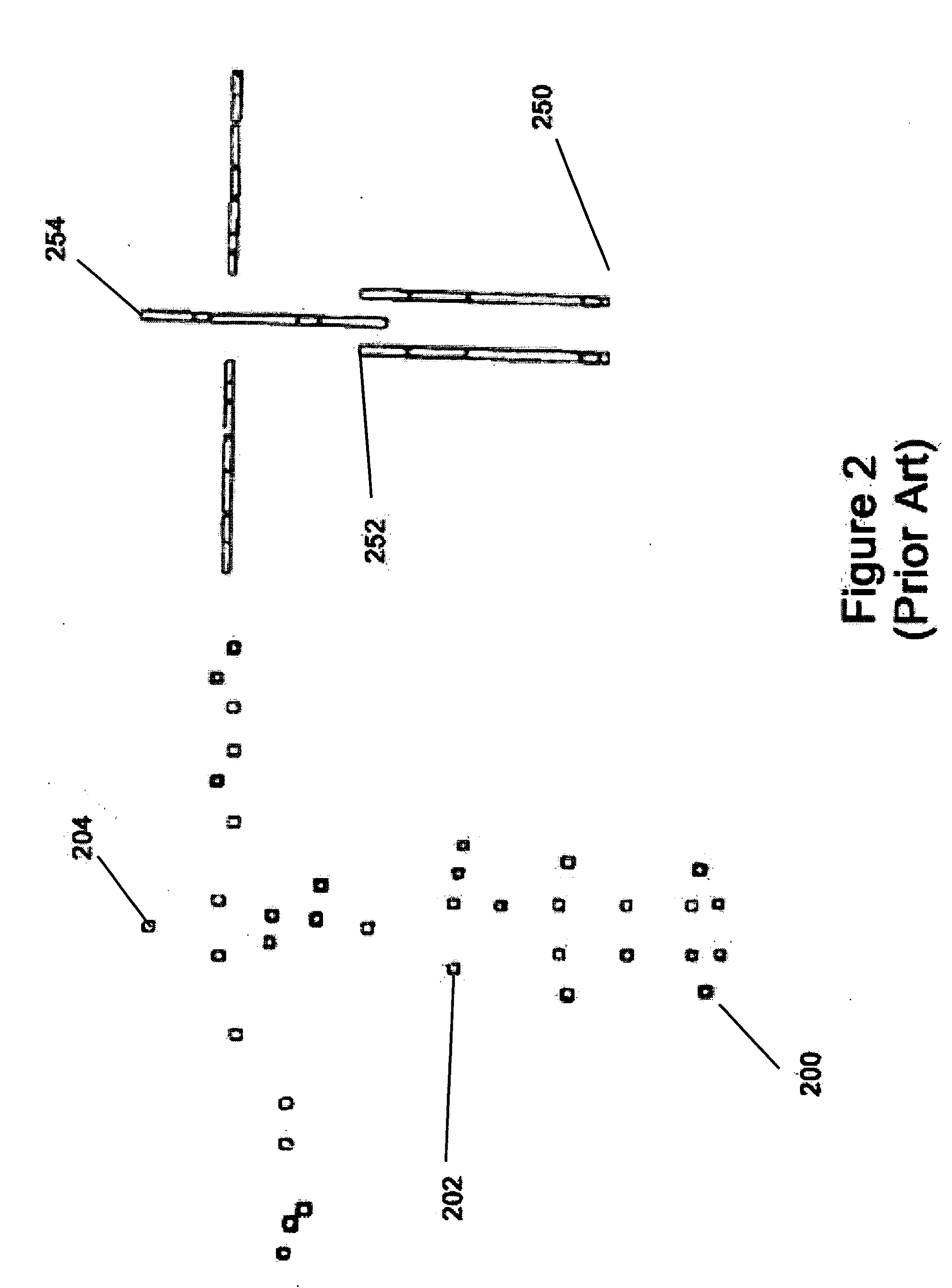Method of using skeletal animation data to ascertain risk in a surveillance system
a surveillance system and animation technology, applied in the field of using skeletal animation data to ascertain risk in a surveillance system, can solve the problems of inaccurate, coarse and sometimes inaccurate, and limited functionality of prior art references, and achieve the effect of reducing processing time in surveillance systems and allowing greater amount of matches to be analyzed
- Summary
- Abstract
- Description
- Claims
- Application Information
AI Technical Summary
Benefits of technology
Problems solved by technology
Method used
Image
Examples
Embodiment Construction
[0026]FIG. 1 shows a block diagram of a suitable computing environment in which the invention may be implemented. Referring now to FIG. 1, an illustrative environment for implementing the invention includes a conventional personal computer 100, including a processing unit 102, a system memory, including read only memory (ROM) 104, a random access memory (RAM) 108, and a system bus 105 that couples the system memory to the processing unit 102. The read only memory (ROM) 104 includes a basic input / output system 106 (BIOS), containing the basic routines that help to transfer information between elements within the personal computer 100, such as during start-up. The personal computer 100 further includes a hard disk drive 118 and an optical disk drive 122, e.g., for reading a CD-ROM disk or DVD disk, or to read from or write to other optical media. The drives and their associated computer-readable media provide nonvolatile storage for the personal computer 100. Although the description ...
PUM
 Login to View More
Login to View More Abstract
Description
Claims
Application Information
 Login to View More
Login to View More - R&D
- Intellectual Property
- Life Sciences
- Materials
- Tech Scout
- Unparalleled Data Quality
- Higher Quality Content
- 60% Fewer Hallucinations
Browse by: Latest US Patents, China's latest patents, Technical Efficacy Thesaurus, Application Domain, Technology Topic, Popular Technical Reports.
© 2025 PatSnap. All rights reserved.Legal|Privacy policy|Modern Slavery Act Transparency Statement|Sitemap|About US| Contact US: help@patsnap.com



